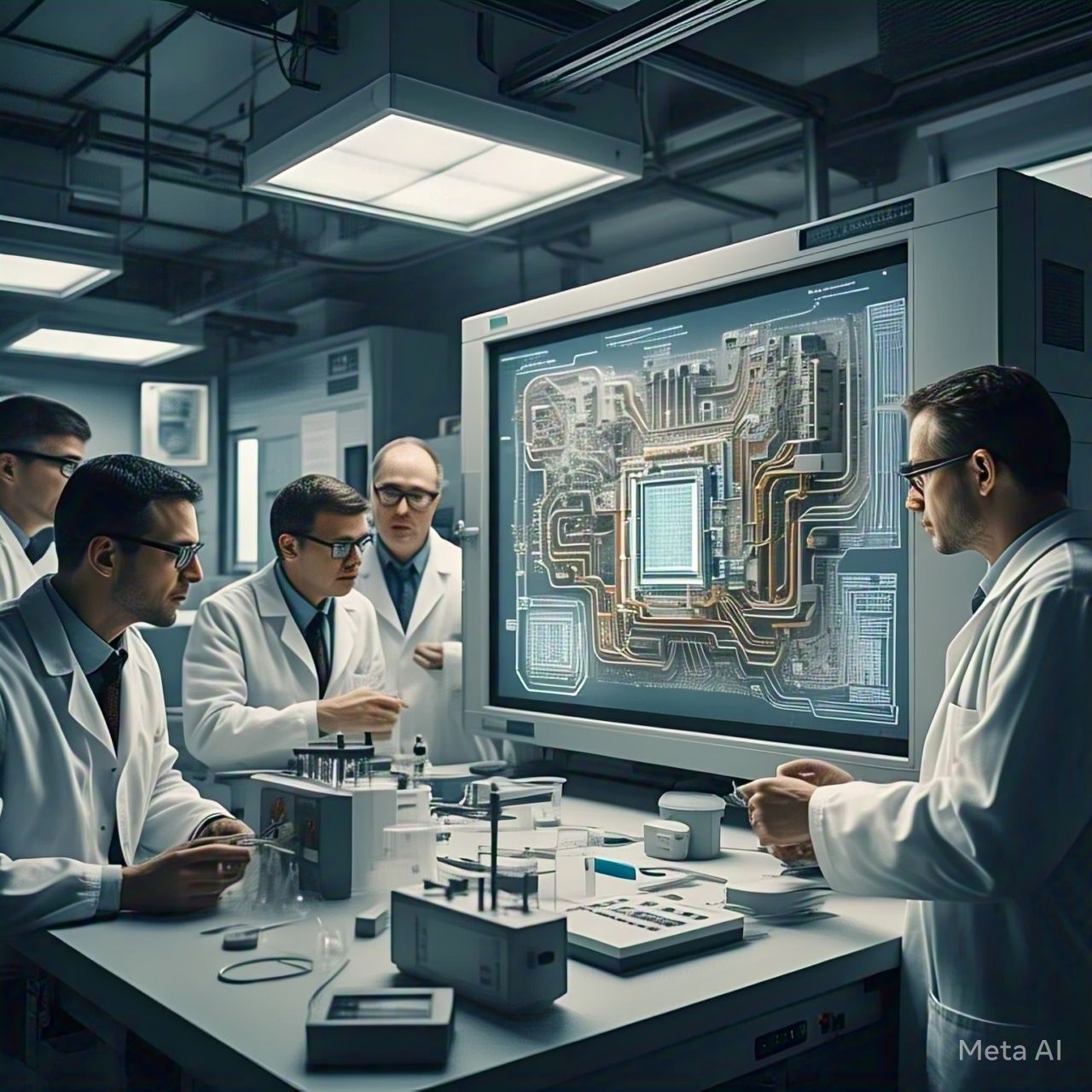Introduction
Artificial Intelligence (AI) is transforming emergency rooms (ERs) by accelerating triage, enhancing decision-making, and improving patient outcomes. In high-pressure ER environments where every second counts, AI-powered tools assist healthcare professionals in assessing patients faster, prioritizing critical cases, and optimizing resource allocation. By integrating AI into emergency care, hospitals are reducing wait times, minimizing human error, and providing more efficient, life-saving treatments.
The Role of AI in Emergency Room Triage
AI-driven triage systems analyze patient symptoms, medical history, and real-time health data to classify cases based on urgency. These intelligent systems help healthcare teams make faster, more informed decisions about patient care.
1. AI-Powered Symptom Assessment
AI chatbots and virtual assistants collect patient symptoms before arrival at the ER, helping doctors prepare for incoming cases. By leveraging machine learning, these tools compare symptoms with vast medical databases to provide preliminary assessments.
2. Predictive Analytics for Critical Cases
AI algorithms analyze vital signs from wearables, electronic health records (EHRs), and real-time monitoring devices to predict critical health events such as heart attacks, strokes, or sepsis. This enables ER teams to take proactive measures and provide immediate interventions.
3. Optimized Resource Allocation
AI assists in managing ER resources by predicting patient influx, suggesting efficient bed assignments, and coordinating staffing levels. This reduces overcrowding and ensures that critical patients receive timely care.
4. Faster Diagnosis with AI-Enhanced Imaging
AI-powered imaging tools rapidly analyze X-rays, CT scans, and MRIs, helping doctors detect fractures, internal bleeding, or organ damage with high accuracy. This speeds up the diagnostic process and ensures immediate medical attention for severe cases.
Benefits of AI in Emergency Rooms
- Reduced ER Wait Times: AI accelerates patient assessment and prioritization, decreasing waiting periods.
- Improved Accuracy: AI enhances diagnostic precision, reducing misdiagnoses and human error.
- Enhanced Patient Outcomes: Faster triage and decision-making lead to more effective treatments and better survival rates.
- Optimized ER Workflow: AI streamlines operations, ensuring efficient use of medical staff and resources.
Challenges and Ethical Considerations
While AI improves ER efficiency, challenges include data privacy concerns, algorithm biases, and the need for regulatory approvals. Ensuring AI tools are transparent, unbiased, and used as decision-support systems rather than replacements for human judgment is crucial for ethical implementation.
The Future of AI in Emergency Medicine
As AI technology continues to advance, its role in emergency medicine will expand. Future developments may include AI-driven robotic assistants, real-time voice recognition for hands-free documentation, and AI-powered remote triage systems. With ongoing innovations, AI will play a crucial role in making emergency rooms smarter, faster, and more efficient.
Conclusion
AI is revolutionizing emergency room triage and decision-making by enabling faster assessments, predictive analytics, and optimized resource management. As hospitals continue to integrate AI into emergency care, patient outcomes will improve, and ER operations will become more efficient. By embracing AI-driven solutions, the future of emergency medicine is set to be faster, smarter, and more effective in saving lives.




